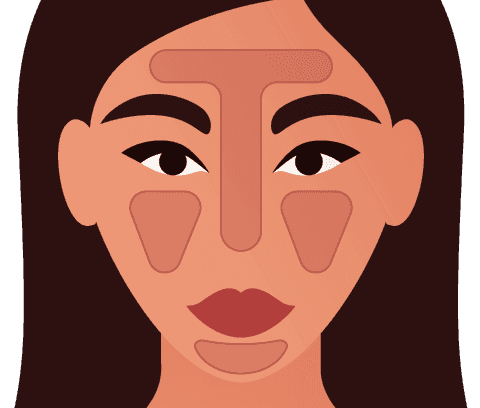Skin Care
Skin Care Routine for Oily Skin - 3 Key Steps
Written by Henry WilliamsUpdated on 06 Aug 2024
Skin Care
Skin Care Routine for Oily Skin - 3 Key Steps
Written by Henry Williams.Updated at 06 Aug 2024
It’s easy to feel cursed by your oily skin, but in many ways you should feel blessed.
Why? Oil is essential for healthy skin. Not only does it keep our skin hydrated, which can help to keep premature wrinkles at bay, but it protects, acting as the first line of defence against pathogens entering our bodies.
Nevertheless, oily skin can knock your confidence. It’s more prone to congestion, blackheads, and blemishes, and it can give your skin a sheen that you might find embarrassing.
Rather than rid your skin of oil, which can exacerbate pre-existing conditions, the key is to manage oil production with nourishing products and a gentle but consistent regime.
Read on for our top tips, steps, and product recommendations to keep your oily skin happy, and healthy.
